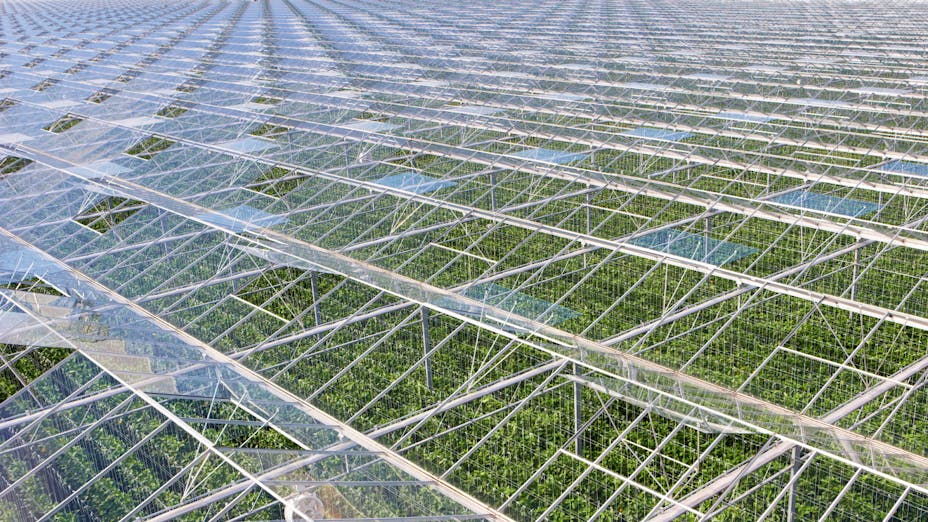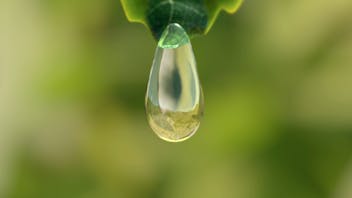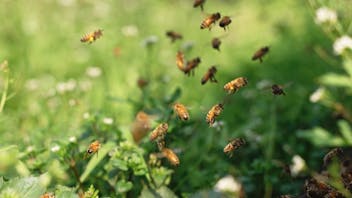Led by the Resource Innovation Institute (RII), the not-for-profit, public-private partnership, the Controlled Environment Agriculture Energy & Water Benchmarking Report: Establishing Preliminary Benchmarks is a deliverable to USDA’s Natural Resources Conservation Service (NRCS) under the Conservation Innovation Grant-funded project titled, Data-Driven Market Transformation for Efficient Controlled Environment Agriculture (CEA). You can download the report here.
- Validates the water savings and water quality potential of CEA, where it has been shown that water circularity strategies can result in greater than 90% water savings compared to common field farming benchmarks.
- Outlines that, unlike field farms, CEA facilities include processing, packing and storage steps, each requiring energy consumption.
- Determines that there is no “typical” CEA facility, and therefore determines a range of efficiency performance across differing facility sizes, production methods and business models.
- Demonstrates that CEA facilities improve their energy productivity and efficiency year over year as growers refine their operations, particularly with support from utilities and governments.








